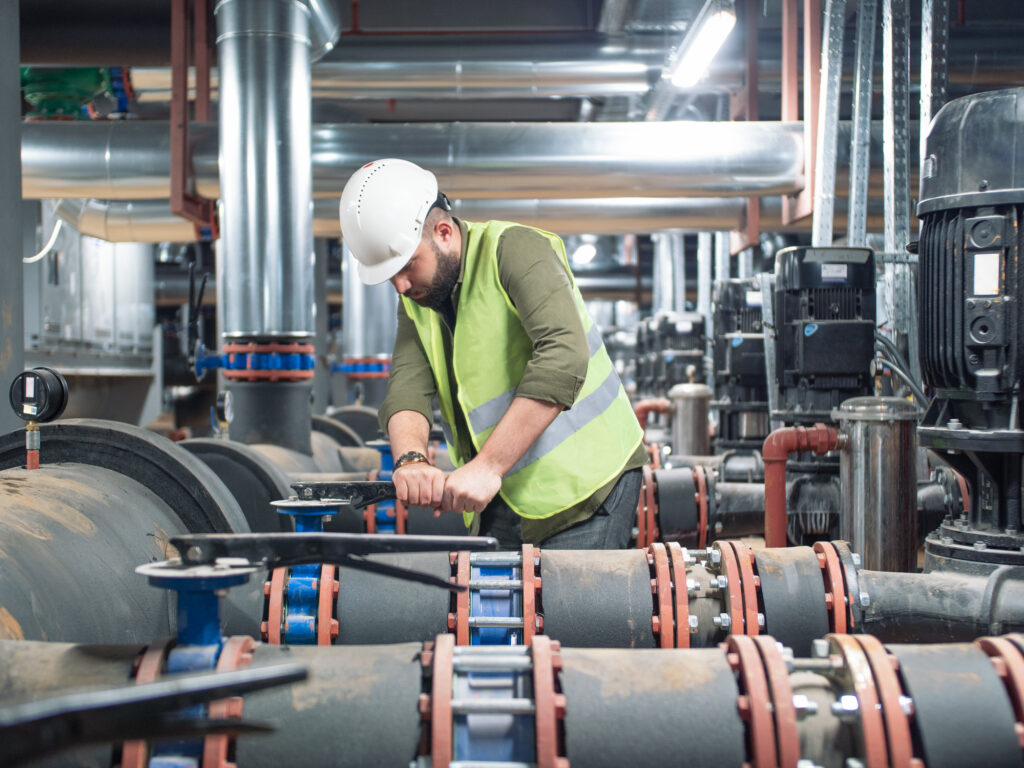High Temperature Heat Pumps
High temperature heat pumps recover waste heat from industrial processes.
They can be used to upgrade heat from industrial waste streams (such as wastewater or hot humid air) and provide heating at >60°C for industrial processes reducing energy consumption when compared to direct heating. Many industrial processes require large amounts of heat and industrial heat pumps are typically in the range of 100 kW to MWs. Higher temperature lifts enable the recovered heat to be used in a wider range of applications.
The difference between a high temperature heat pump and an Organic Rankine Cycle system.
A heat pump upgrades lower temperature heat source and lifts it to a higher temperature, whereas the Organic Rankine Cycle (ORC) converts waste heat to power (mechanical or electrical).
Refrigerants with high critical temperatures
(above this temperature they cannot be liquified) are suitable for use in high temperature heat pumps. The COP (Coefficient of Performance) reaches its maximum point at condensing temperatures approximately 20°C below the critical temperature and they cannot be condensed to liquid in the condenser above the critical temperature.
Some HFCs and HFOs have a good balance of safety and technical properties as well as high critical temperatures
| Refrigerant | Critical Temperature Tcr °C |
| HFC-245fa | 154 |
| HFO-1234ze(Z) | 150 |
| HFO-1336mzz(Z) | 171 |
| HCFO-1233zd(E) | 167 |
For example, HFC-245fa can be used to generate hot water at 80°C or steam at temperatures above 100°C. In addition to their technical properties, the HFC and HFO refrigerants have good safety characteristics, and the HFOs have very low GWPs (<7). Recently, small–to medium–sized industrial heat pumps capable of providing high-temperature heat up to 160°C have been developed which can use HFC-245fa or HFO-1336mzz(Z) as refrigerant. These temperatures are attractive to a wide range of industries with high-temperature processes and operations.
